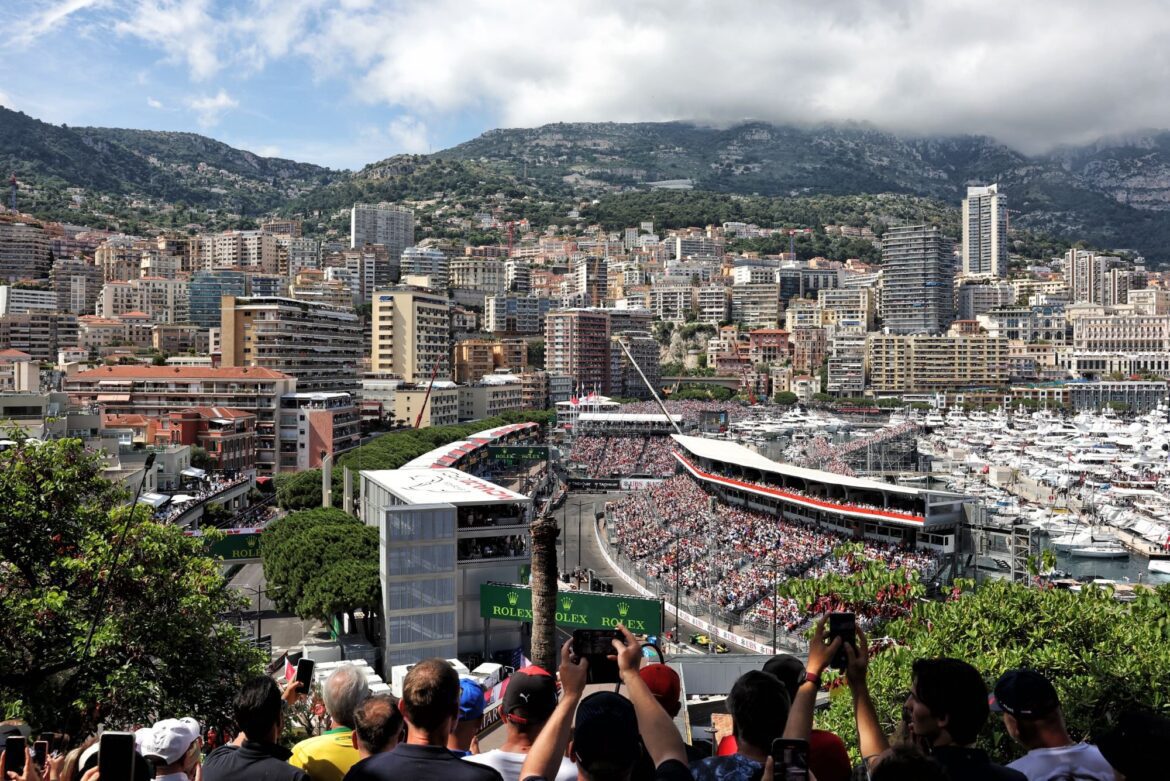Cadillac’s Entry into Formula 1: Navigating the Challenges Ahead for Monaco GP
The world of Formula 1 is set for a significant transformation with Cadillac’s anticipated entry into the racing series in 2026. This shift is poised to introduce several logistical hurdles, particularly for iconic races like the Monaco Grand Prix, renowned for its breathtaking views and challenging street circuit. As we delve into the implications of Cadillac’s participation, it’s essential to understand how the dynamics of the paddock and team logistics will evolve amid this change.
The Monaco Grand Prix: A Unique Challenge
Monaco is a standout venue in the Formula 1 calendar, celebrated for its glamour and prestige. However, it is also notorious for its space constraints, especially in the paddock area surrounding the picturesque Monte Carlo harbor. The arrival of Cadillac, alongside other teams, will exacerbate these limitations, as nine out of eleven teams will need to adapt to new operational realities.
According to reports from RacingNews365, the introduction of Cadillac into Formula 1 means that most teams will have to relinquish their expansive motorhomes, often used for hosting sponsors and guests throughout the race weekend. This is a significant shift for teams accustomed to the luxury of large, stationary hospitality units. The exceptions to this rule are Red Bull Racing and Racing Bulls, which will continue to utilize their impressive "floating palace" – a state-of-the-art facility that first made waves in 2008 and is a staple in the Monaco paddock.
The Impact on Team Operations
For the upcoming Monaco Grand Prix, Cadillac and the eight other teams will be required to operate from temporary paddock structures. These setups are reminiscent of those utilized in newer venues, such as Miami, where space is equally at a premium. The specifics of how the FIA (Fédération Internationale de l’Automobile) and F1 will manage this transition remain unclear. It is uncertain whether they will need to employ temporary facilities or if they can negotiate exemptions to retain their traditional European motorhomes.
The logistical complexity does not end with the paddock space. The limited area available for team operations will necessitate careful planning and coordination among all teams involved. The Monaco Grand Prix has always been a showcase of engineering and design, and the challenge of accommodating new teams while maintaining the race’s signature charm will require innovative solutions.
The Magnitude of Red Bull Racing’s Facility
Red Bull Racing and Racing Bulls have a distinct advantage with their "Monaco Energy Station," a luxurious structure complete with a rooftop pool that stands out both visually and in terms of hospitality. This facility spans approximately 2,800 square meters and weighs an impressive 800 tons. However, it cannot be constructed on-site in Monaco due to the constraints of the location. Instead, it is assembled at the port of Imperia in Italy, where a dedicated crew of 70 professionals takes around 21 days to put it together.
The logistics of transporting this massive structure are intricate. The journey covers 64 kilometers along the coast and takes about six hours, with two tugboats carefully maneuvering the sections into place. Upon arrival in Monaco, the segments are meticulously anchored using 130 tons of counterweights. This level of preparation and investment underscores the importance of the Monaco Grand Prix in the eyes of these teams.
Addressing Box Space Limitations
Another critical aspect of the logistical challenges posed by Cadillac’s entry into Formula 1 is the limited space in the pit boxes. With ten teams already in competition, the addition of Cadillac will further strain the available resources. The planning for this area is still underway, and how the allocation of space will unfold remains a topic of discussion among team managers and F1 officials.
The pit box, often considered the heartbeat of the team’s operations during a race, is where crucial decisions are made, and strategies are executed. Managing the logistics of additional teams in such a confined space will require meticulous planning and perhaps even a reevaluation of how teams are positioned within the paddock.
Conclusion: The Road Ahead
As Cadillac prepares for its entry into Formula 1, the Monaco Grand Prix serves as a microcosm of the broader logistical challenges that come with expanding the grid. The combination of limited space, the need for temporary structures, and the intricacies of team operations will test the adaptability of all involved. The iconic race will undoubtedly continue to be a highlight of the F1 calendar, but it will also be a stage for showcasing how teams innovate and respond to new challenges in the world of motorsport.
As the countdown to 2026 begins, all eyes will be on how these transformations unfold and what they mean for the future of Formula 1 racing. The integration of Cadillac and the logistical adaptations required for Monaco emphasize the ever-evolving nature of the sport and the importance of strategic planning in maintaining the grandeur of one of its most celebrated events.
